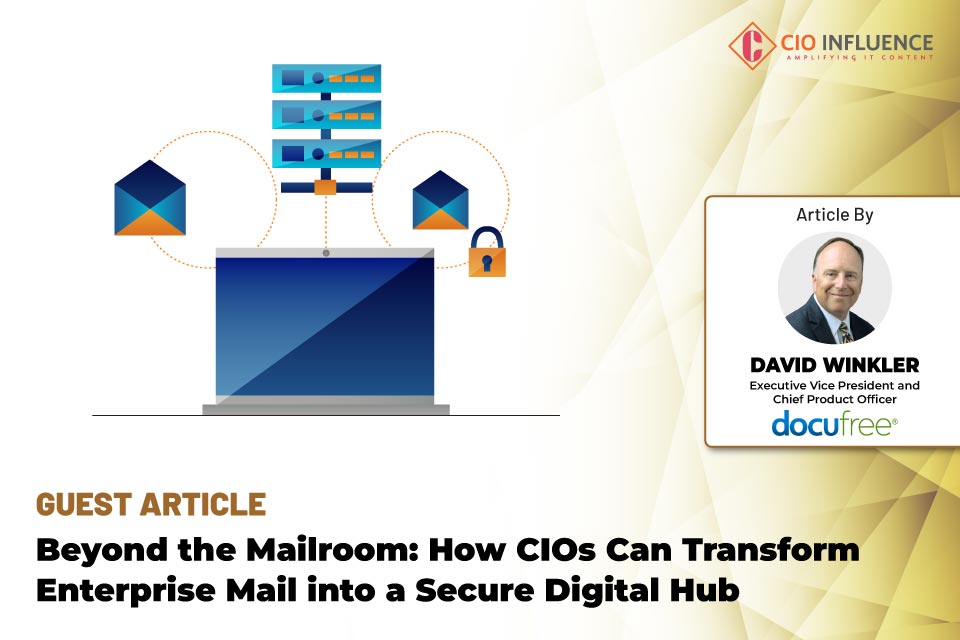Pre-pandemic, Human Resources and IT departments weren’t typically allied within organizations. However, our “new world of work” has created challenges that have them now sharing the limelight in terms of implementing technology solutions that enable a more mobile, efficient and effective workforce.
As HR technology adoption continues at its rapid pace, a solid HR-IT partnership will become more important than ever. Both departments provide complementary areas of expertise that are critical to addressing not only HR’s challenges, but also, in many instances, the needs of their organization as a whole.
According to PwC’s 2022 Human Resources Technology Survey, the top HR challenges today are:
- Insights and data analytics;
- Recruiting and hiring; and
- Cloud transformation and modernization of HR systems.
In order to overcome these challenges, HR and IT need to collaboratively work together, learning to appreciate what each respective department brings to the table. Sometimes that’s easier said than done.
Recognize and Herald Different Roles
HR professionals are increasingly turning to technology to help them facilitate hiring; manage benefits; make more strategic organizational decisions; provide online learning and training as well as automate time-consuming, manual processes. Strong involvement and support from IT on the front end of any HR technology implementation can be the difference between a successful solution and one that didn’t quite live up to user expectations.
In many instances, HR may become enamored with a technology solution and may have an unreasonable expectation of what can be done and what can’t within an organization’s network. Needless to say, the IT department is in the best position to know what’s possible and what’s not. Areas where potential issues typically surface:
- Software integrations
- Hardware limitations
- Security restrictions
- Information gaps between apps
- IT budget limitations
- Design and developmental constraints
- Access controls
Most technologies involve multiple methodologies through which a positive deployment can be achieved. With open and direct communications between HR and IT departments, a new technology can be tested, selected, integrated and deployed with much higher levels of success.
Five Tips for Fostering HR-IT Collaboration
Part of the challenge is that HR, along with IT, many times just want to throw technology at problems, expecting them to be fixed overnight.
The HR issues go deeper than that. You have to take a more process-first approach, followed by technology enablement in order to realize true value…productivity improvement within the HR department. It’s really about making HR more productive, more impactful, and being able to measure its contribution to the rest of the organization.
Working in tandem, HR and IT can gain a better understanding of the impact and effectiveness of technologies—something they probably couldn’t have achieved alone. Below are five ways they can work together to improve that partnership in order to serve the greater good of the organization.
1: Secure Executive Ambassadors
Securing executive sponsorship is the first step HR should take. You need to ensure that everyone at the executive level collaborates on defining the goals and objectives for the organization in terms of new HR technology. Once established, those goals and objectives should be clearly disseminated throughout both the HR and IT departments to encourage other staff buy-in.
2: Evaluate Technology’s Role in the HR Process
It starts with a more process-first approach, followed by technology enablement in order to realize true value…productivity improvement within the HR department.
HR departments should look at what the process is along with the problem they’re trying to solve. It might be a combination of changes that are needed. From IT’s perspective, there could already be technology in place that just needs to be applied in a different way to solve that problem as opposed to adding another technology or system as a supposed solution.
3: Anticipate Problems…and Develop Possible Solutions Early
While building a closer, more collaborative partnership between HR and IT will certainly make technology implementations more seamless, it’s important to recognize that problems will often materialize with almost any project. It pays to proactively discuss potential problems and develop possible solutions upfront. Neither side benefits from finger-pointing when the unexpected arises. There needs to be a meeting of the minds between the two teams so they can quickly usher in solutions that can move the technology deployment forward.
4: Communicate Directly and Often
Good communication is essential to making this partnership work. HR and IT teams should discuss face-to-face (whether in person or during video-conference calls) how they can work together toward the same goals. Items up for discussion should include identification of roles, responsibilities, timelines, and deadlines, as well as compliance and security needs. Communication meetings should be scheduled regularly, and, more often than not, when a technology implementation is under way.
5: Create a Playbook for the Future
The transformational shift in the workplace has undoubtedly created more logistical challenges for HR departments in terms of moving work from the physical world to a digital one. HR and IT leaders have a significant opportunity to build on their current technological motivations in order to contribute to building enterprise-wide, longer-term business models that allow for “anywhere operations.” HR and IT should be leading the charge together—developing a comprehensive plan that addresses the questions of what their future company is going to look like and how they are going to shape their place in a digital workplace through technology.
HR and IT Both Play Significant Roles in the Digital Workplace
Industry insight has shown when employees are working digitally rather than working physically, where the employee is located matters much less than how the work is done.
There’s no denying that COVID-19 has accelerated the adoption of digital technology capabilities, not only within HR departments, but also throughout entire organizations (i.e. operations, finance, marketing, etc.). HR departments that embrace digital automation now are simultaneously preparing to effectively address future workplace and employee demands while setting their companies up for future growth in a business marketplace that will increasingly rely on remote operations.
Developing a highly functional and accepted digital workplace culture should be an important part in any organization’s strategic business planning. While the HR department will drive what an organization’s digital workplace culture will look like, IT will play a significant role in the deployment of the necessary culture-building technologies to make it a reality.




